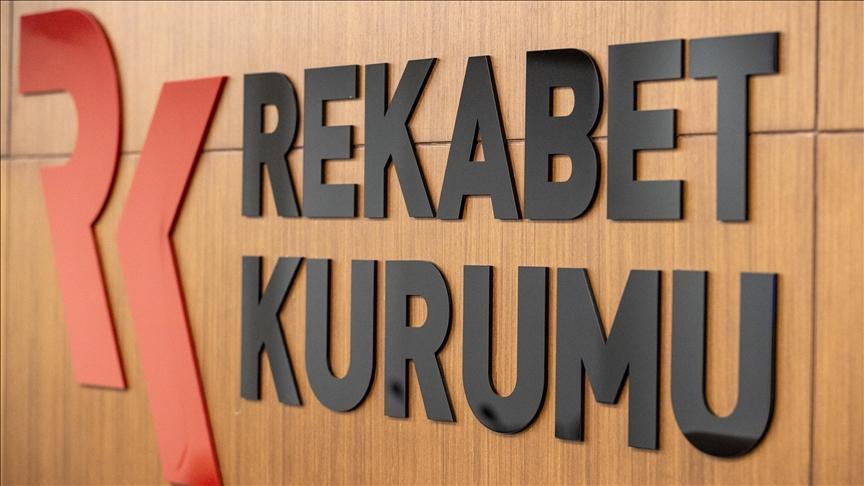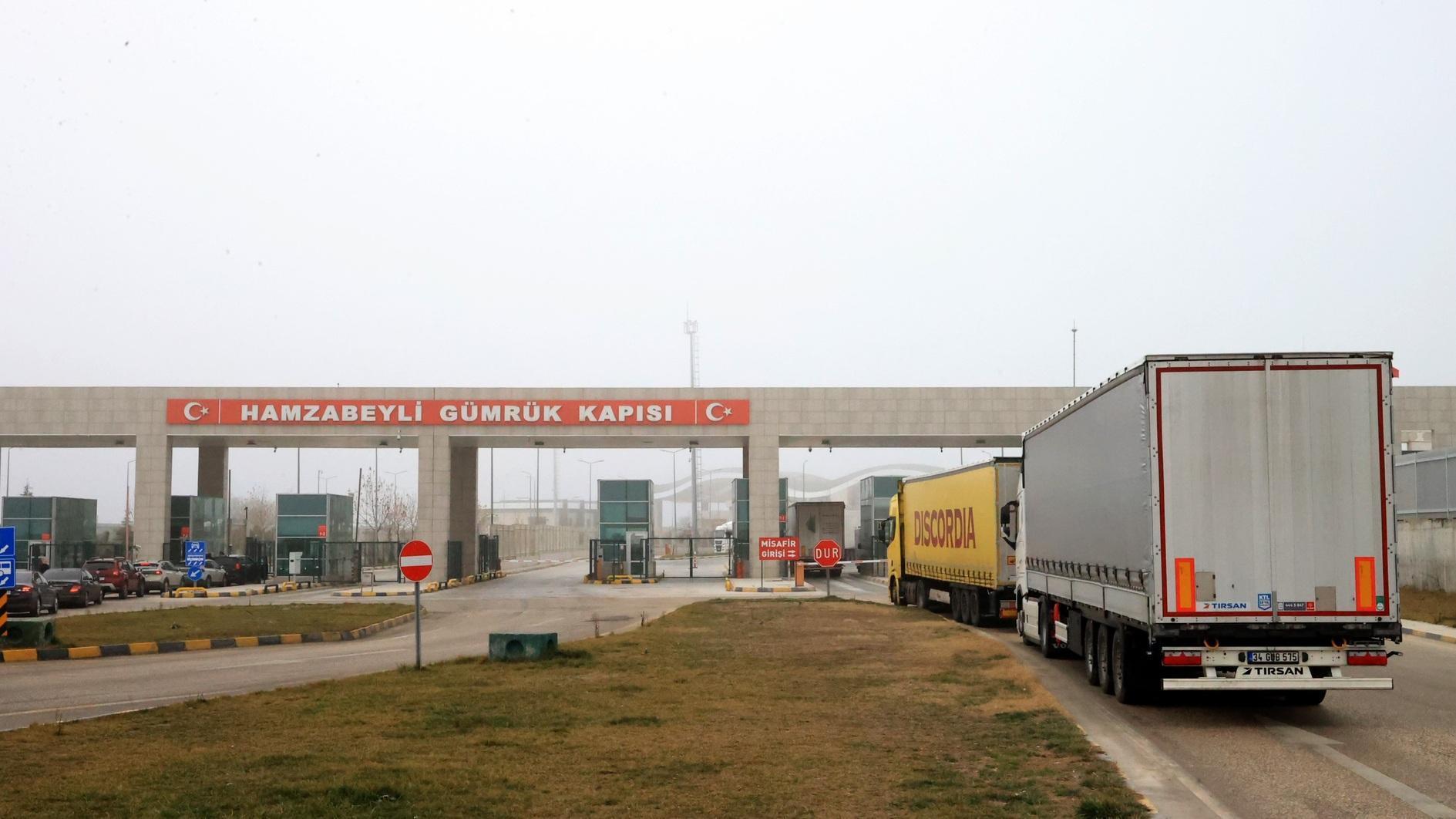ECB holds interest rates steady as expected amid Fed tension
FRANKFURT - Reuters

A logo of the European currency Euro stands in front of the headquarters of the ECB in Frankfurt. The ECB leaves its main refinancing rate on hold at 0.5 percent and the deposit rate at zero. REUTERS photo
The European Central Bank left interest rates unchanged July 4 and will try to reassure investors rattled by new turmoil in Europe and the U.S. Federal Reserve’s plans to begin winding up its stimulus.The ECB met against a backdrop of political crisis in Portugal that pushed its benchmark bond yields above 8 percent on July 3, a spike that stirred angst in financial markets already jittery after the Fed last month set out a plan to exit from its money-printing programme.
The tensions there, and in Greece, risk sapping confidence a year after ECB PresidentMario Draghi imposed some calm by vowing to do “whatever it takes” to save the currency.
Despite the tensions, the ECB left its main refinancing rate on hold at 0.5 percent and the deposit rate at zero, as was expected by economists in a Reuters poll.
ECB to keep rates at current or lower levels
ECB policy will keep interest rates at current or lower levels for an extended period of time, ECB President Mario Draghi said, giving financial markets the clearest guidance to date about future rates.
“The Governing Council expects the key ECB rates to remain at present or lower levels for an extended period of time,” Draghi told a news conference.
Instability in Italy’s ruling coalition and Greece’s scramble to convince its lenders to dole out another tranche of aid add to the sense of turmoil ahead of the ECB meeting.
An acceleration in euro zone inflation in June and stronger-than-expected consumer spending in France and Germany reinforce the ECB’s projection for a slow euro zone recovery late this year, leaving it little grounds to justify a rate cut now.
Last week, Draghi said ECB policy would remain accommodative and that the bank stood ready to act again if needed.
But he added that it has done “as much as it can to stabilize markets and support the economy”, pressing governments to reform.
Investors will listen carefully for any clues as to whether the ECB is more open to deploying its policy options than a month ago, when Draghi said they were on the shelf.
One of the tools the ECB is looking at is forward guidance - to reduce volatility by guiding markets where interest rates will be in future, especially once rates have reached their lowest limit.
In his strongest form of guidance so far, Draghi said last week an exit from the ECB’s ultra-loose policy stance was “still distant since inflation is low and unemployment high”.
The Fed has promised to keep its main interest rate near zero at least until the unemployment rate falls to 6.5 percent and as long as inflation stays below 2.5 percent. It has now also laid out an exit plan from its money creation.
Over the weekend, policymaker Benoit Coeure said the ECB was looking carefully at the Fed’s experience of giving future guidance.
















